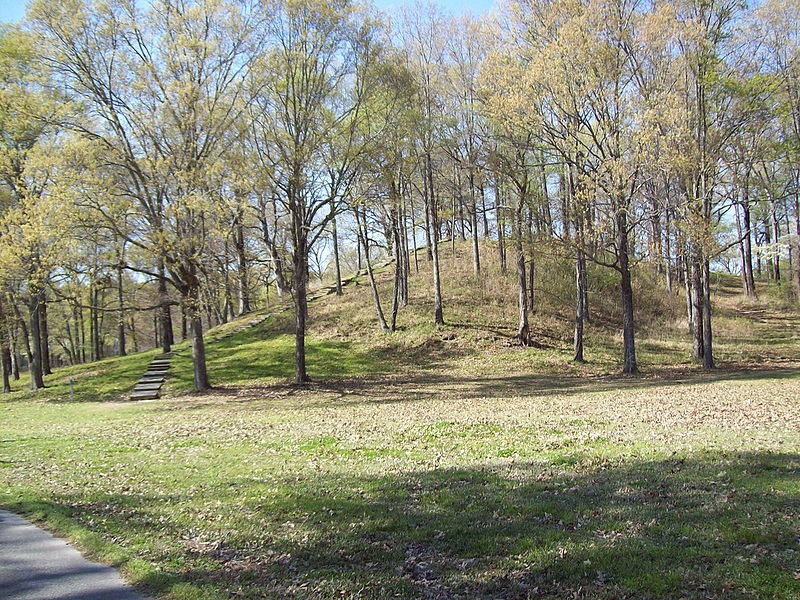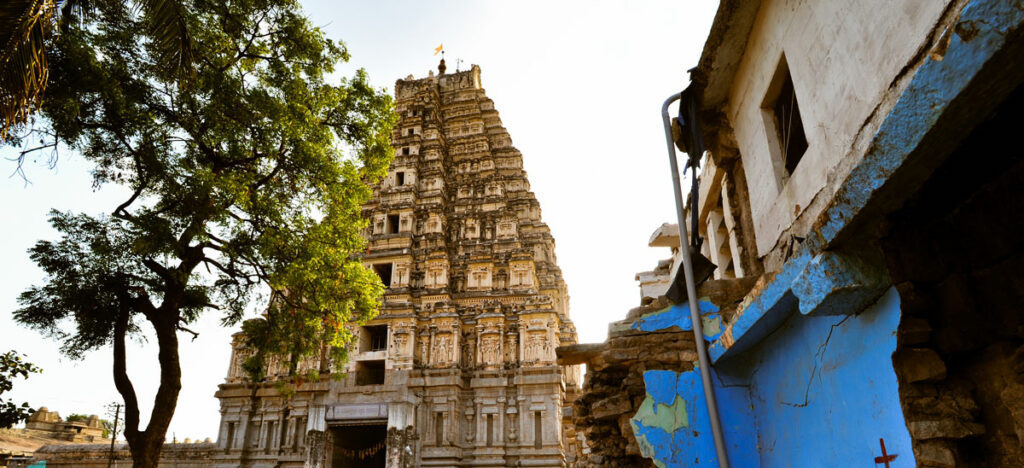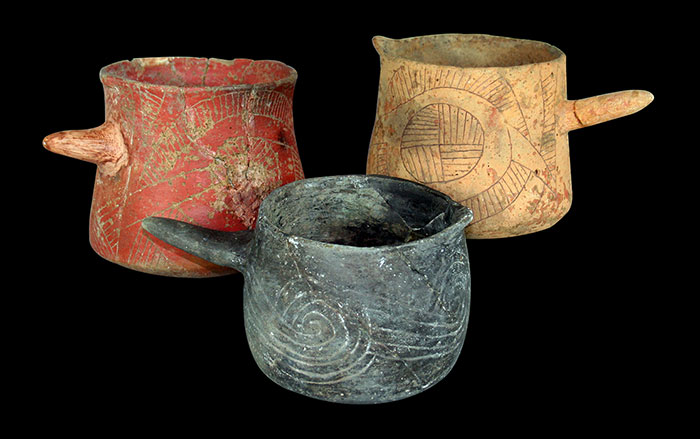
POVERTY POINT, LOUISIANA—Some archaeologists assume it took generations for early Native Americans to erect the massive earthen works that cover the eastern United States. But new excavations at the site of Poverty Point, which dates between 1650 and 700 B.C., have shown that one 70-foot-tall mound was built there in just three months. Somehow small bands of hunter-gatherers were able to organize enough labor to complete this monumental public works project in only one season. "Whatever the structure of Poverty Point society,” wrote the researchers, “it is unlike anything documented in the historic or contemporary hunter-gatherer ethnographic record.”










